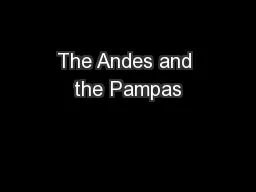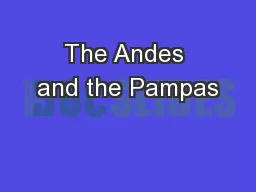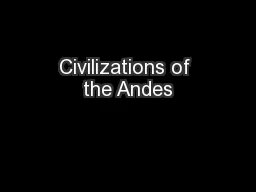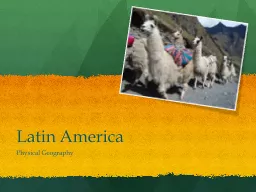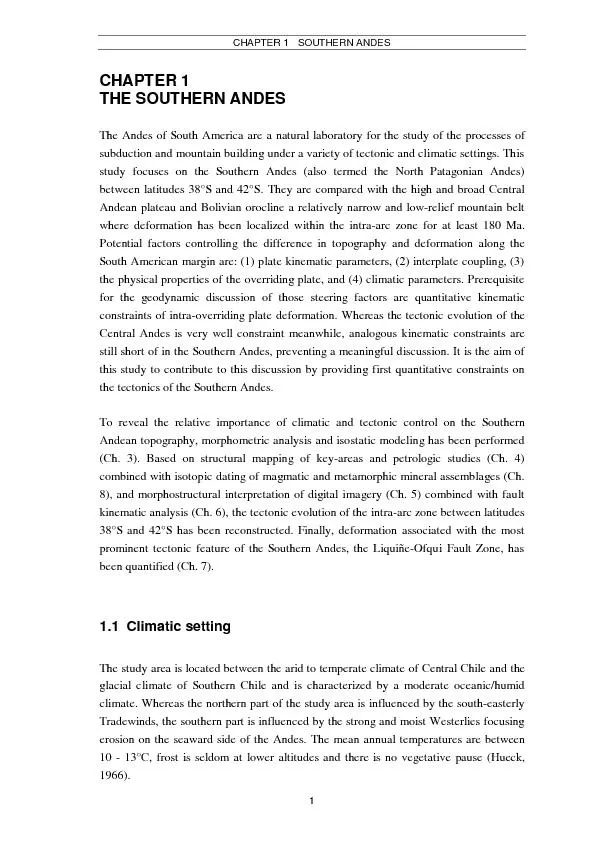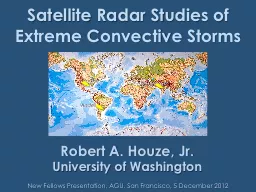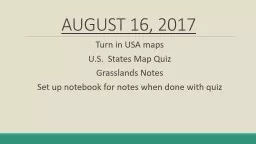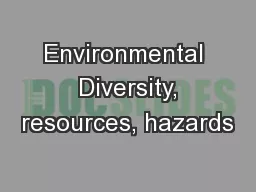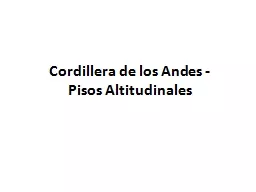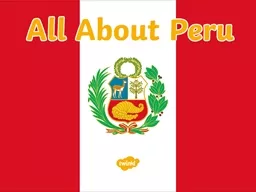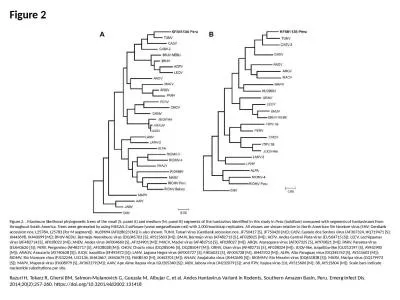PPT-The Andes and the Pampas
Author : natalia-silvester | Published Date : 2015-11-29
Chapter 61 p 282289 Physical Features The Andes is the longest mountain range in the world Pacific Ocean is on the west Atacama Desert also to the west Tropical
Presentation Embed Code
Download Presentation
Download Presentation The PPT/PDF document "The Andes and the Pampas" is the property of its rightful owner. Permission is granted to download and print the materials on this website for personal, non-commercial use only, and to display it on your personal computer provided you do not modify the materials and that you retain all copyright notices contained in the materials. By downloading content from our website, you accept the terms of this agreement.
The Andes and the Pampas: Transcript
Download Rules Of Document
"The Andes and the Pampas"The content belongs to its owner. You may download and print it for personal use, without modification, and keep all copyright notices. By downloading, you agree to these terms.
Related Documents

